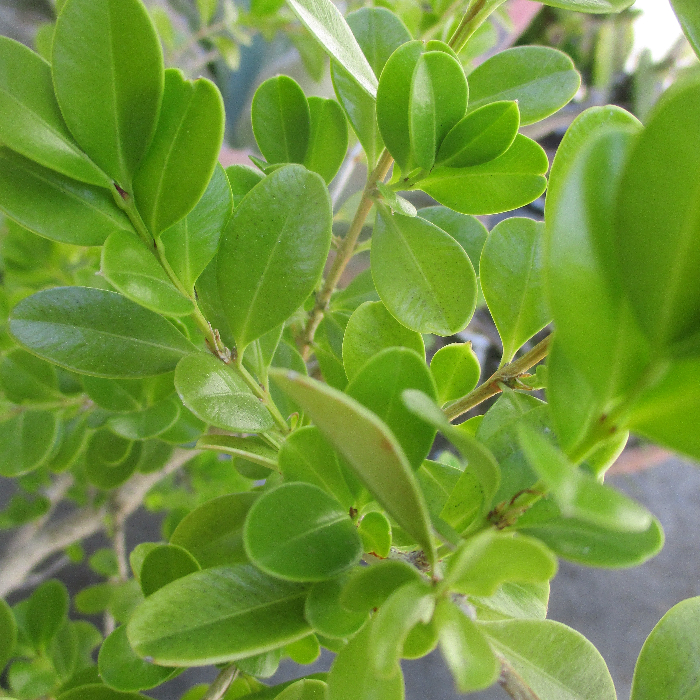UNITED STATES—There are rules to hedging. For example, hedges should be uniform and exclusive to just a single cultivar. A modern ‘Green Beauty’ boxwood will never conform within a hedge of more yellowish old-fashioned boxwood. Hedges should also remain within confinement. It is important to shear them back from obtrusion into walkways and other usable spaces.
It is not as simple as it seems to be. That is why so few hedges get proper maintenance. Almost all occupy and therefore waste more space than they need. Most have wide tops that shade out narrower lower growth. Moreover, many plants that are not components of hedges all too commonly succumb to inappropriate shearing too. It is sheer shear abuse!
Even if done properly, only hedges and a few other plants are conducive to shearing and hedging. It is an aggressive procedure that compromises form, texture and bloom cycles of involved plants. For hedges, that is not a problem. They need not bloom, and adapt to a refined hedged form, which is more desirable than their natural shrubby form would be.
Hedges are generally utilitarian features.
However, it is important to not unnecessarily shear plants that bloom or provide intricate foliar texture or form. Shearing deprives rhododendron of young floral buds. It ruins foliar texture of Heavenly bamboo, and foliar form of Japanese maple. It is acceptable to shear boxwood only because it responds by generating such appealingly uniform foliar growth.
With proper scheduling, it is possible to shear only a few blooming plants without ruining all of their bloom. Aggressive shearing after the early bloom of oleander and bottlebrush leaves them with space to grow enough to bloom again during autumn. Without sufficient space to grow, they will require subsequent shearing, which will ruin subsequent bloom.
It is better to shear some of the simpler hedges, such as privet and boxwood, shortly after winter. They regenerate lush growth immediately afterward, and do not mind two or three annual shearings. The last shearing should be early enough to allow a bit of growth prior to autumn. Photinia generates appealingly bronzed new growth in response to shearing. Also, frequent shearing inhibits potentially undesirable bloom.
Highlight: Japanese Boxwood
Strictly formal boxwood hedges are traditional components of old formal rose gardens. In California, Japanese boxwood, Buxus microphylla, had always been more popular than English boxwood, which may be more common where winter is cooler. Although it grows too slowly for high hedges, it gets high enough to obscure gnarled lower growth of roses.
Mature plants are generally less than three feet tall and wide, although they can get a bit larger if they get a chance. The oval and glossy evergreen leaves are only about half an inch or an inch long, but relatively thick, so are very conducive to formal shearing. Foliar texture is nicely dense but not too congested. Gray or pale brown bark is seldom visible.
Old fashioned Japanese boxwood, which remains the most common in old gardens, has a somewhat light or yellowish green color. Modern cultivars are darker green. A common problem with old formal hedges is the addition of modern cultivars or even other species to fill gaps. The darker foliage will not conform to the lighter foliage, so ruins the formality.
Horticulturist Tony Tomeo can be contacted at tonytomeo.com.






